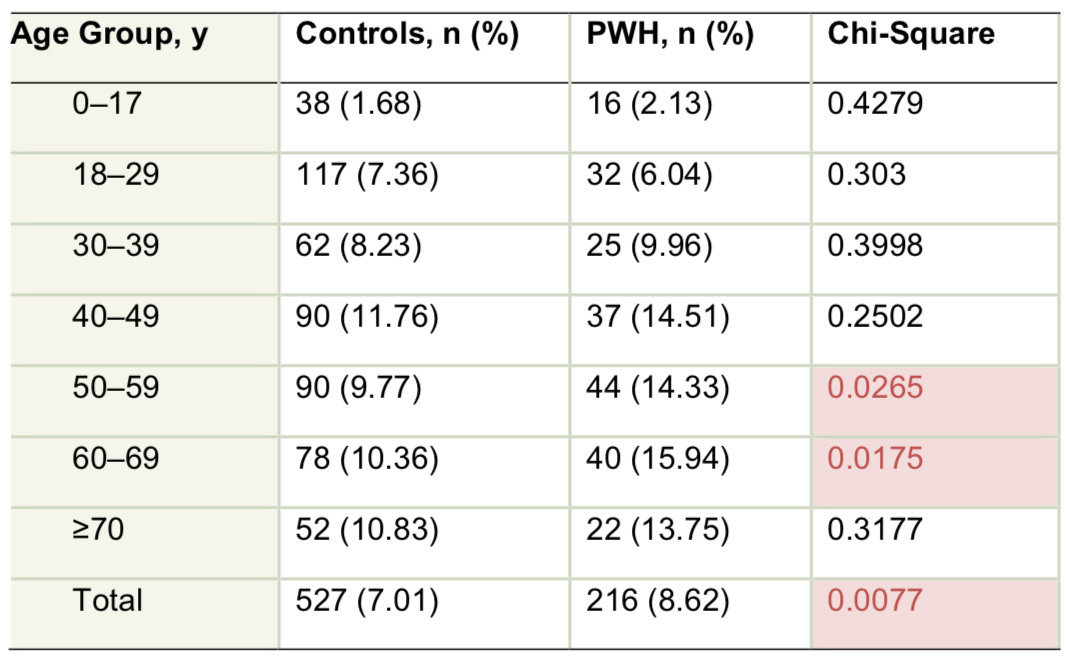SPINART Trial 3-Year Results With Bayer’s Sucrose-Formulated Recombinant Factor VIII: Improved Joint Function and Health-Related Quality of Life in Adults Using Prophylaxis
Objective:
Joint status and health-related quality of life (HRQoL) were assessed as part of the 3-year SPINART study, which compared routine prophylaxis versus on-demand treatment in adults with severe hemophilia A. We report SPINART joint outcome results obtained using the Colorado Adult Joint Assessment Scale (CAJAS) and HRQoL data from Haemo-QoL-A assessments.
Methods:
The open-label, randomized, controlled, parallel-group, multinational SPINART study enrolled male patients aged 12–50 years with severe hemophilia A who had ≥150 exposure days to any factor VIII (FVIII) product, no inhibitors, no prophylaxis for >12 consecutive months in the past 5 years, and 6–24 documented bleeding events or treatments in the previous 6 months. All patients were treated with Bayer’s sucrose-formulated recombinant FVIII (rFVIII-FS), either on demand or as prophylaxis (25 IU/kg 3 times weekly, with dose escalation of 5 IU/kg permitted once per year). CAJAS assessments were performed at baseline and years 1, 2, and 3. The physiotherapists performing CAJAS assessments were blinded to patient treatment assignment, bleeding history, and previous joint assessment data. Change from baseline to year 3 in CAJAS total score was prespecified as the second of 2 secondary endpoints; higher CAJAS scores indicate worse joint function. Haemo-QoL-A was completed at baseline, month 6, and years 1, 2, and 3; higher Haemo- QoL-A scores indicate better HRQoL. Between-group comparison was made using constrained longitudinal data analysis. Data are presented for the intent-to-treat (ITT) population.
Summary:
84 patients (42 prophylaxis, 42 on demand) comprised the ITT population; Haemo-QoL-A data were available for 41 and 42 patients, respectively. For CAJAS total score, least squares (LS) mean change from baseline to year 3 was 0.63 for on demand and –0.31 for prophylaxis (LS mean difference, –0.94; 95% CI, –1.61 to –0.26; P=0.0072). LS mean change in CAJAS total score for the on-demand and prophylaxis groups was 0.19 and –0.46 at year 1 and 0.34 and –0.57 at year 2, respectively. For Haemo-QoL-A total score, LS mean change from baseline to year 3 was –6.00 for on demand and 3.98 for prophylaxis (LS mean difference, 9.98; 95% CI, 3.42 to 16.54).
Conclusions:
In adults with severe hemophilia A, joint function and HRQoL improved continuously over 3 years with prophylaxis compared with on-demand use.


